Coronavirus: what we know and what we need to learn as we exit lockdown
The UK is edging further from lockdown but known unknowns about the virus remain

Zania Stamataki, senior lecturer in viral immunology at the University of Birmingham, on what we know and do not know about coronavirus as the lockdown is eased.
As lockdowns ease, scientists worldwide are engaged in an unprecedented search for new therapies and a race for vaccine development.
Every day we learn more about the virus that causes Covid-19, known as SARS-CoV-2, but as many of us venture back out into the world, there is still much that we don’t know about immunity to infection.
The Week
Escape your echo chamber. Get the facts behind the news, plus analysis from multiple perspectives.

Sign up for The Week's Free Newsletters
From our morning news briefing to a weekly Good News Newsletter, get the best of The Week delivered directly to your inbox.
From our morning news briefing to a weekly Good News Newsletter, get the best of The Week delivered directly to your inbox.
Here are some key questions that we need to answer as a priority, and what we have learned so far.
Who is most at risk of severe disease?
The first data following several thousand infections from China identified certain vulnerable groups at risk of severe symptoms leading to fatality: older people and those with underlying medical conditions are most at risk. But now we have a clearer picture that shows more people than that are being affected.
We have seen in numerous countries that younger people with no pre-existing conditions can die from Covid-19, which can cause symptoms affecting multiple organs and parts of the body, from the brain to the toes.
A free daily email with the biggest news stories of the day – and the best features from TheWeek.com
The good news: not everyone is displaying all these symptoms and most infected people will recover well. But it is important to understand why some otherwise healthy people succumb to infection. To achieve this, scientists are looking for clues in the blood of patients with severe symptoms to use them as biomarkers of high risk.
To fully appreciate who is most at risk, we need a better understanding of both the virus and the host.
It is too early to speak of different viral strains, but early sequencing data identify mutations that help us build a picture of virus distribution in different parts of the world.
We can also use antibody testing to map who has been infected within our population. A study in over 500 healthcare workers in the UK showed that housekeeping staff had a higher incidence of previous infection compared to clinicians working in intensive care and emergency medicine. These studies help us understand who is most at risk of infection at work.
How does Covid-19 affect children?
Children are the least affected by Covid-19, and show the lowest incidence of mild or severe symptoms.
Fatalities in children have been extremely rare, but those severely affected show hallmarks of hyper-immune activation similar to that found in Kawasaki disease.
The European Centre for Disease Prevention and Control issued a rapid risk assessment that highlighted uncertainties in paediatric Covid-19: we don’t know yet how many children may be infected and asymptomatic, and due to the delayed onset of the disease, there are sparse data connecting it to the virus. Emerging studies using antibody tests are beginning to shed light on this problem.
Despite the rarity of symptoms in children, it is important to find out if they have become infected and whether they can transmit the virus. This information will help us safeguard vulnerable groups.
It is practically difficult to document child-to-adult transmission because children with mild or asymptomatic infections are not routinely tested for Covid-19. However, a study from Germany showed that infected children carried a similar viral load to adults. If this translates to infectious virus, then children could be as contagious as adults.
Are those who have recovered immune?
The question of immunity is a crucial one that will drive policy on antiviral precautions. Previous exposure to a pathogen usually leads to resistance to reinfection, but this is not always the case.
Immune memory is when our body remembers a previous infection and acts faster to control it during later encounters, and this is the idea behind vaccination. Some viral infections are cleared before the immune system manages to develop memory responses. Others induce antibodies that make future reinfections from similar viruses more dangerous.
Most infected people resolve SARS-CoV-2 infection within two weeks, and most develop antibodies recognising the virus. So how can we find out if this is evidence for immune protection?
A major clue came from a study from New York where scientists found potent neutralising antibodies in people who had recovered from coronavirus without severe symptoms. Neutralising antibodies are those that block the virus from infecting our cells. Although the amounts of antibodies varied, the fact that we are able to produce them holds hope for vaccination.
Cell-based immunity can also offer protection from reinfection. T cells are immune cells that kill infected cells to limit virus production, and they are able to generate memory cells after first exposure to a virus.
We now appreciate that most patients have detectable virus-specific T cells, and that some healthy people also have T cells specific for the virus, which could be remnants of infection with other coronaviruses.
We now need to establish whether the antibodies and the T cells that we can make after infection are of sufficient quantity and quality to protect us from reinfection.
–––––––––––––––––––––––––––––––For a round-up of the most important stories from around the world - and a concise, refreshing and balanced take on the week’s news agenda - try The Week magazine. Start your trial subscription today –––––––––––––––––––––––––––––––
It’s realistic to be optimistic
There is a lot we still don’t know about this coronavirus, but we have nonetheless learned enough to help us make some firm conclusions:
1) We recognise vulnerable groups that need most shielding to preserve life, but we still need biomarkers that predict risk for those outside these groups.
2) We have the tests to detect antibodies in recovered children and adults, and we can use this information to understand what happens to our immune systems after infection with the virus.
3) We can detect the hallmarks of immune memory in people who recovered, and this bodes well for vaccine development.
Based on this, there are actions we can take in the short term. We know how coronavirus transmits from person to person so we can take necessary precautions to feel safe. We may inhale virus expelled in droplets from an infected carrier directly, or transfer the virus from a contaminated surface to our faces.
Strategies to avoid this are possible, including physical distancing and washing our hands with soap. If we wear face coverings when outside, we can limit shedding droplets that risk infecting other people even if we show no symptoms of the disease.
Zania Stamataki, Senior Lecturer in Viral Immunology, University of Birmingham
This article is republished from The Conversation under a Creative Commons license. Read the original article.
-
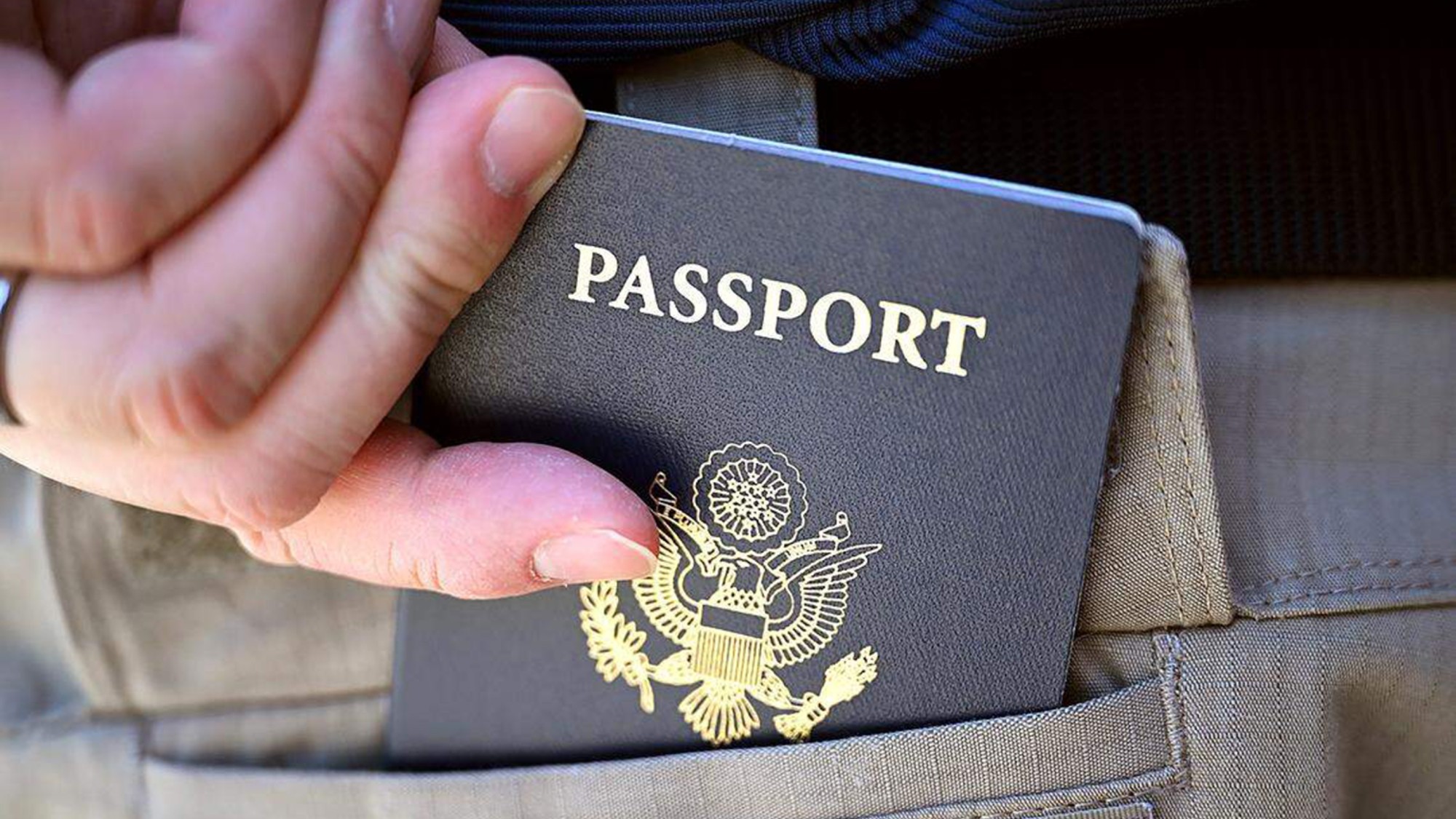 US citizens are carrying passports amid ICE fears
US citizens are carrying passports amid ICE fearsThe Explainer ‘You do what you have to do to avoid problems,’ one person told The Guardian
-
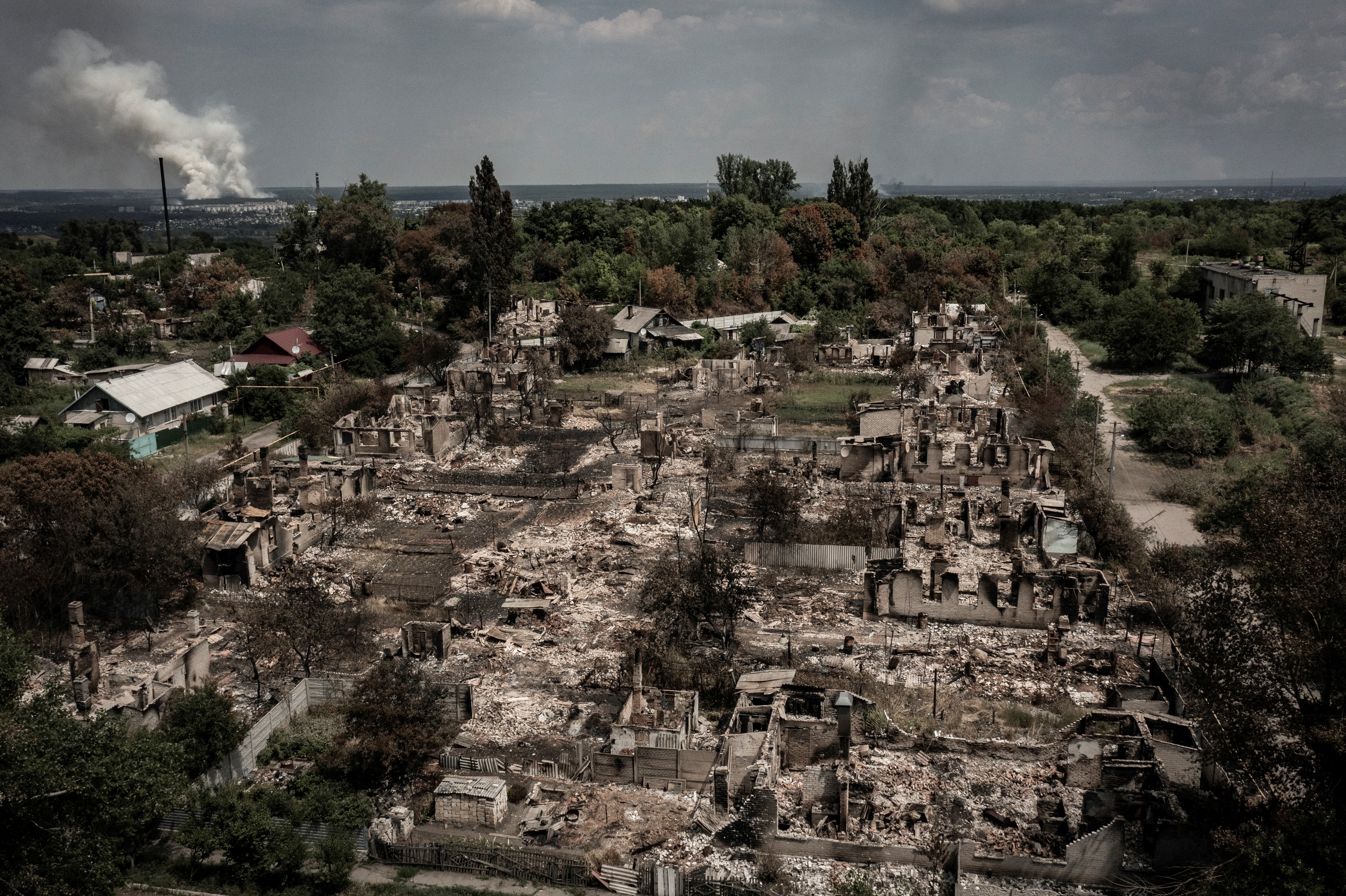 All roads to Ukraine-Russia peace run through Donetsk
All roads to Ukraine-Russia peace run through DonetskIN THE SPOTLIGHT Volodymyr Zelenskyy is floating a major concession on one of the thorniest issues in the complex negotiations between Ukraine and Russia
-
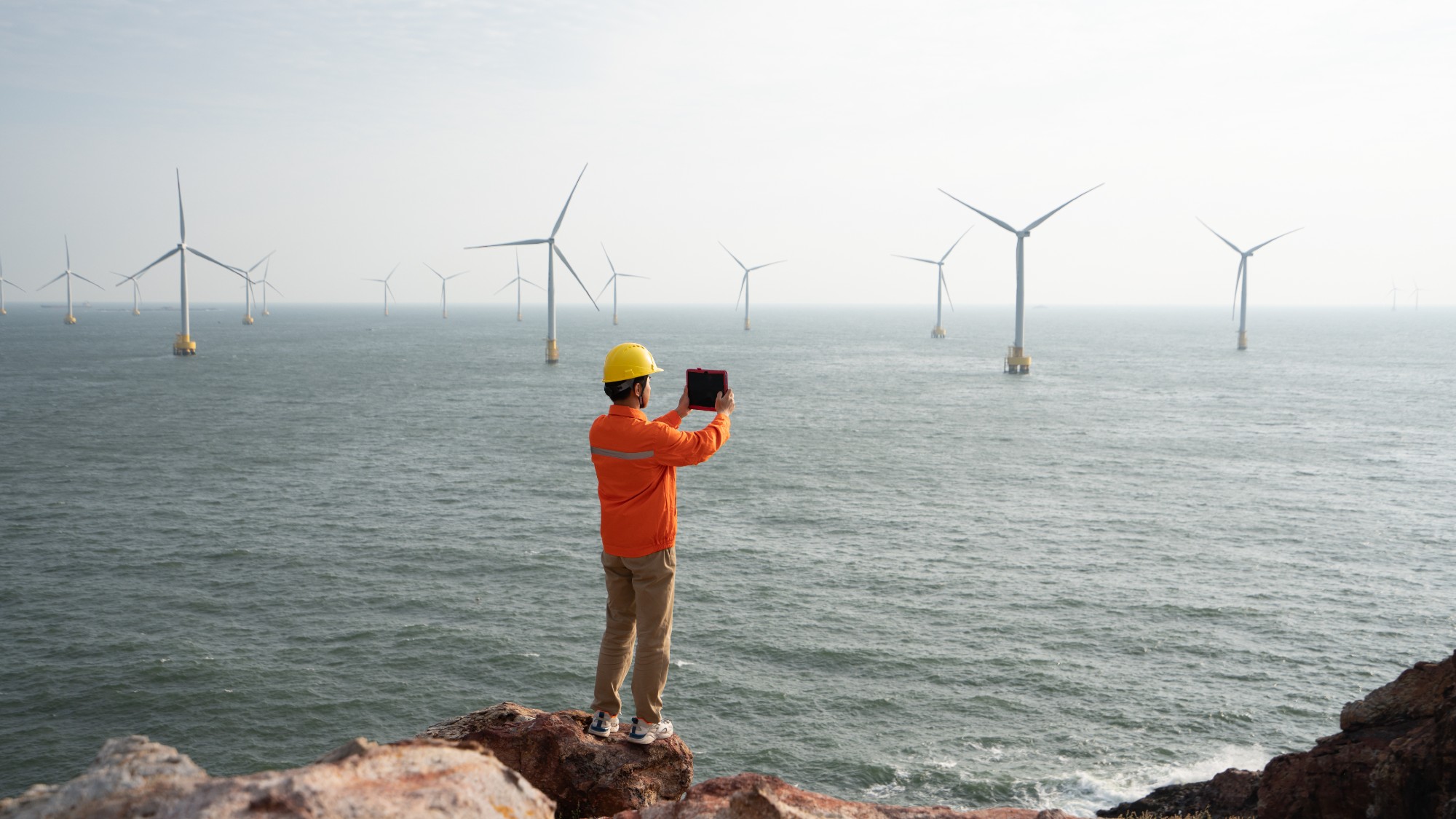 Why is Trump killing off clean energy?
Why is Trump killing off clean energy?Today's Big Question The president halts offshore wind farm construction
-
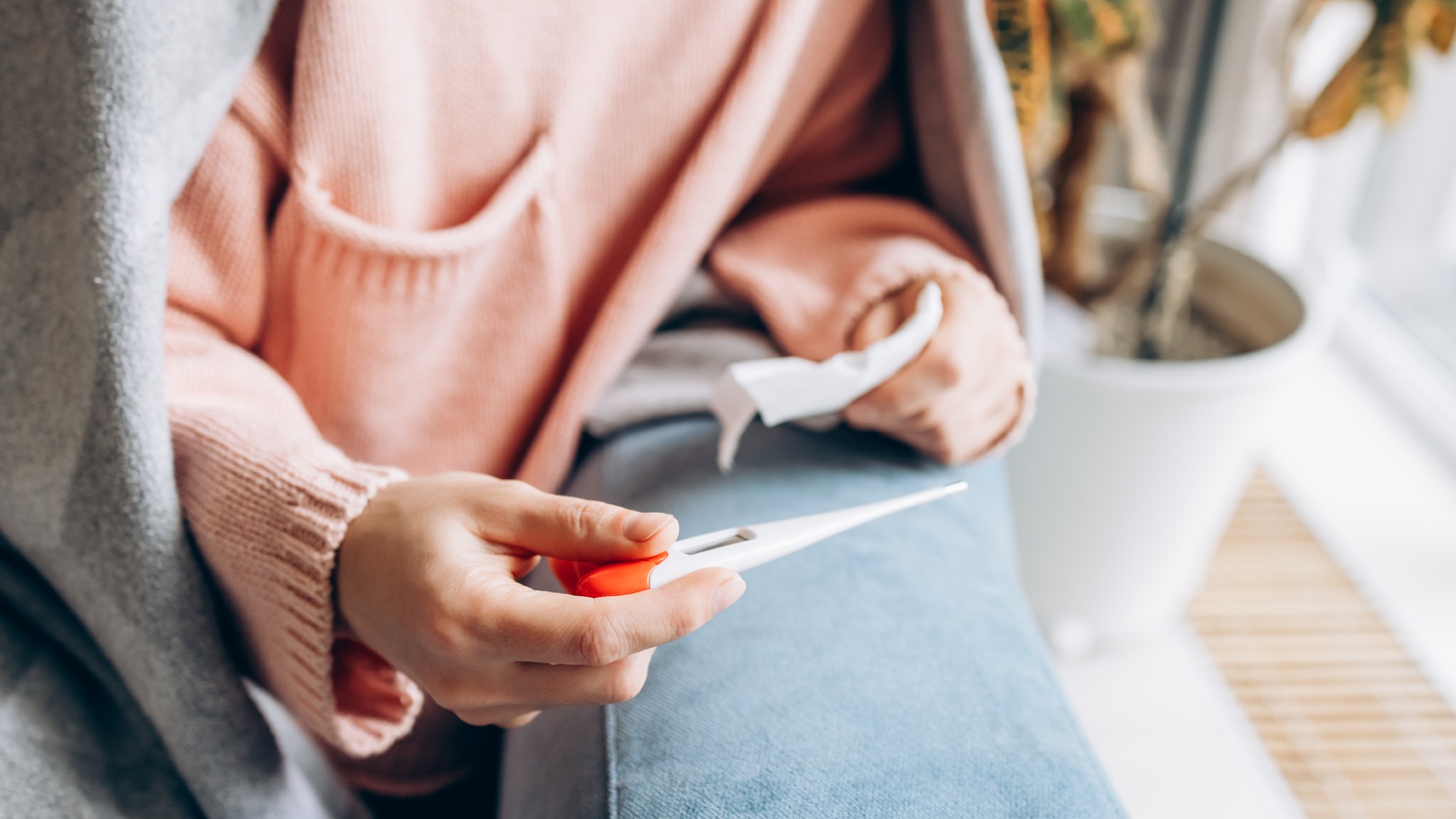 How dangerous is the ‘K’ strain super-flu?
How dangerous is the ‘K’ strain super-flu?The Explainer Surge in cases of new variant H3N2 flu in UK and around the world
-
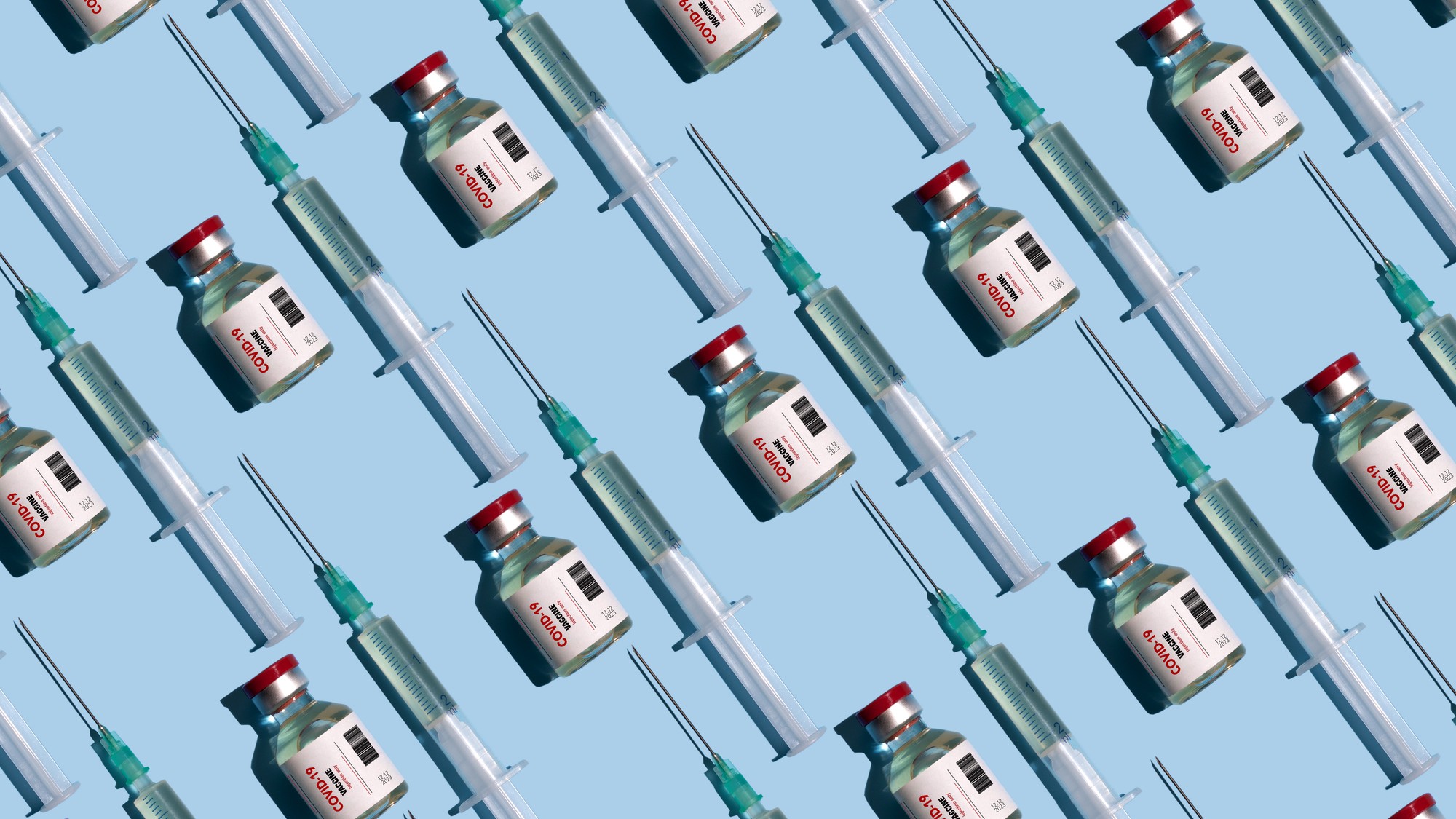 Covid-19 mRNA vaccines could help fight cancer
Covid-19 mRNA vaccines could help fight cancerUnder the radar They boost the immune system
-
 The ‘menopause gold rush’
The ‘menopause gold rush’Under the Radar Women vulnerable to misinformation and marketing of ‘unregulated’ products
-
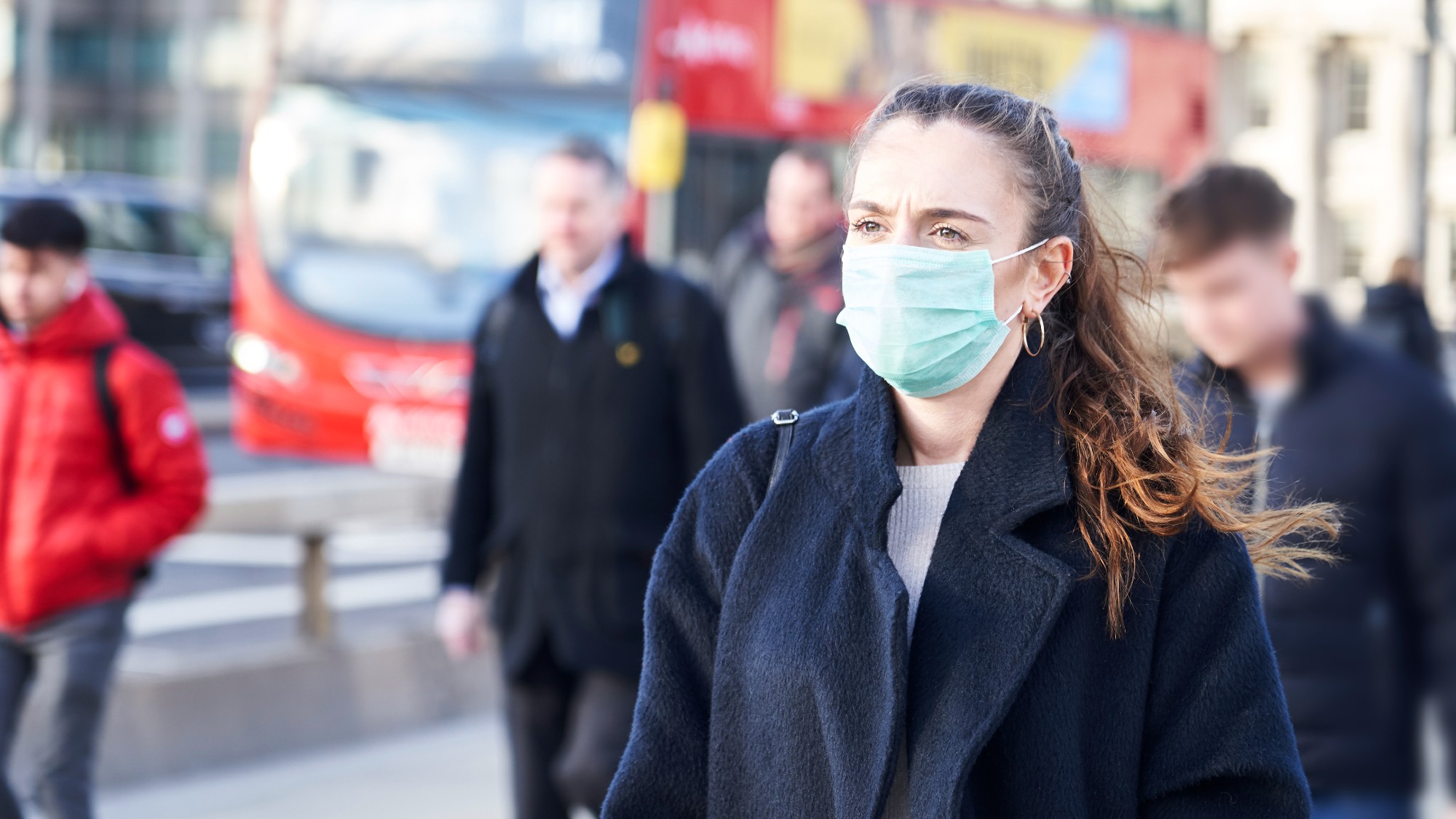 The new Stratus Covid strain – and why it’s on the rise
The new Stratus Covid strain – and why it’s on the riseThe Explainer ‘No evidence’ new variant is more dangerous or that vaccines won’t work against it, say UK health experts
-
 RFK Jr. vaccine panel advises restricting MMRV shot
RFK Jr. vaccine panel advises restricting MMRV shotSpeed Read The committee voted to restrict access to a childhood vaccine against chickenpox
-
 RFK Jr. scraps Covid shots for pregnant women, kids
RFK Jr. scraps Covid shots for pregnant women, kidsSpeed Read The Health Secretary announced a policy change without informing CDC officials
-
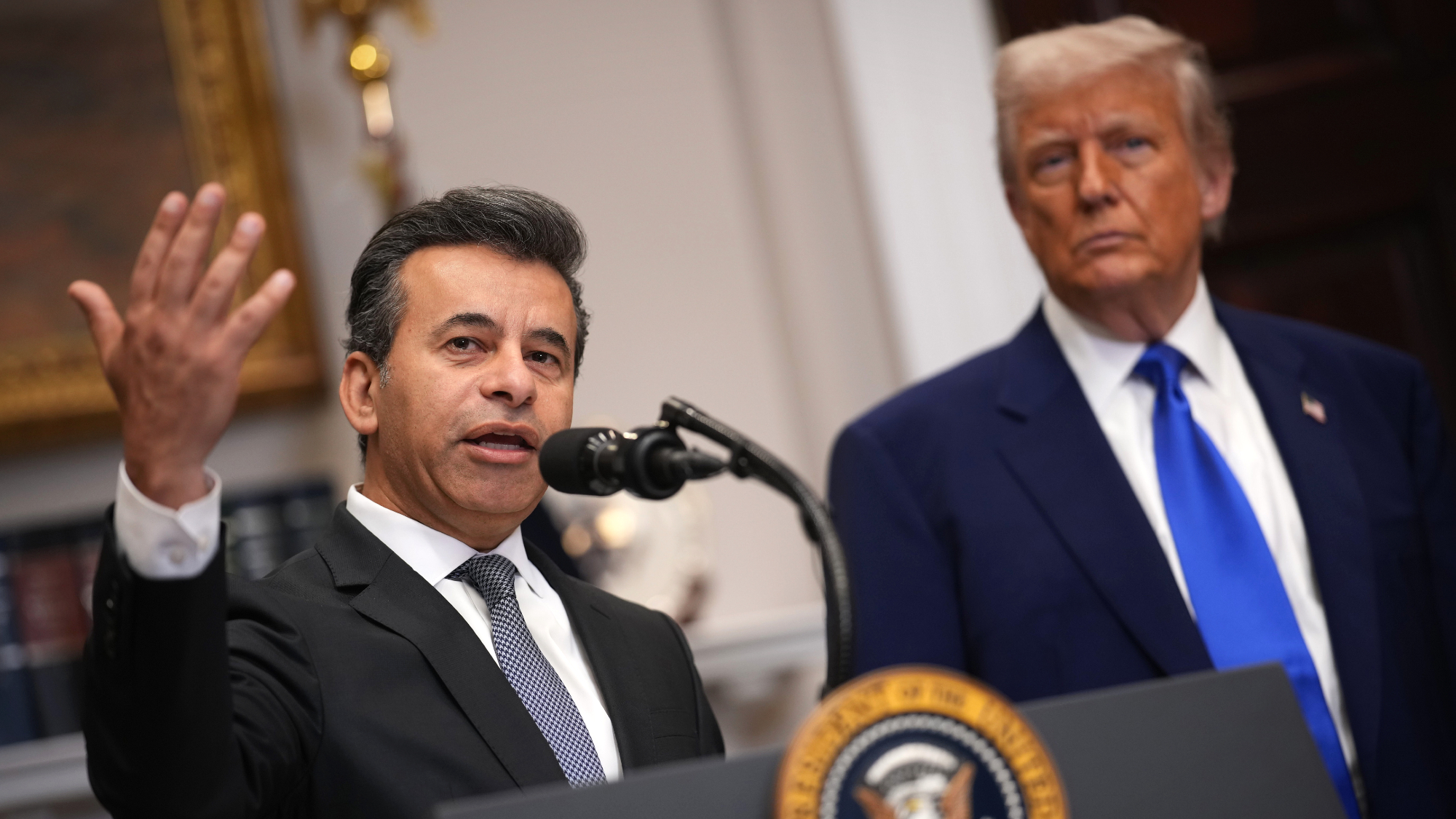 New FDA chiefs limit Covid-19 shots to elderly, sick
New FDA chiefs limit Covid-19 shots to elderly, sickspeed read The FDA set stricter approval standards for booster shots
-
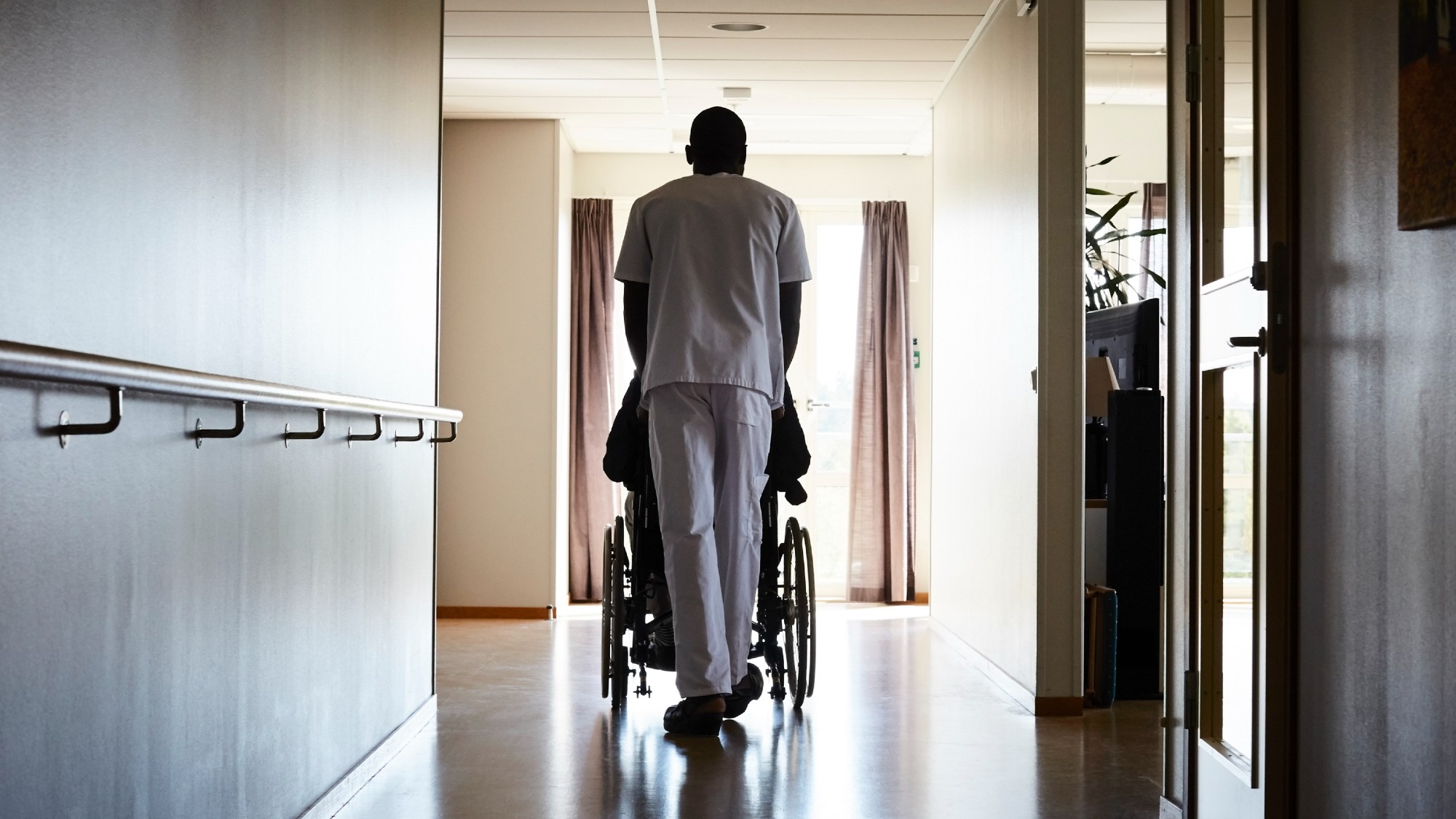 How the care industry came to rely on migrant workers
How the care industry came to rely on migrant workersThe Explainer Government crackdown on recruiting workers abroad risks deepening care sector crisis, industry leaders warn